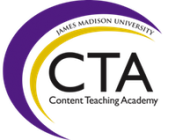Structure of an Atom
The student will understand and model the parts and structure of atoms.
Materials Needed:
Modeling clay in three different colors, plastic knives, Google Doc handout, large bag of larger multicolored candy and a large bag of smaller candy, metric ruler, large round paper plates, atomic structure display chart or projection, Periodic Table of Elements.
